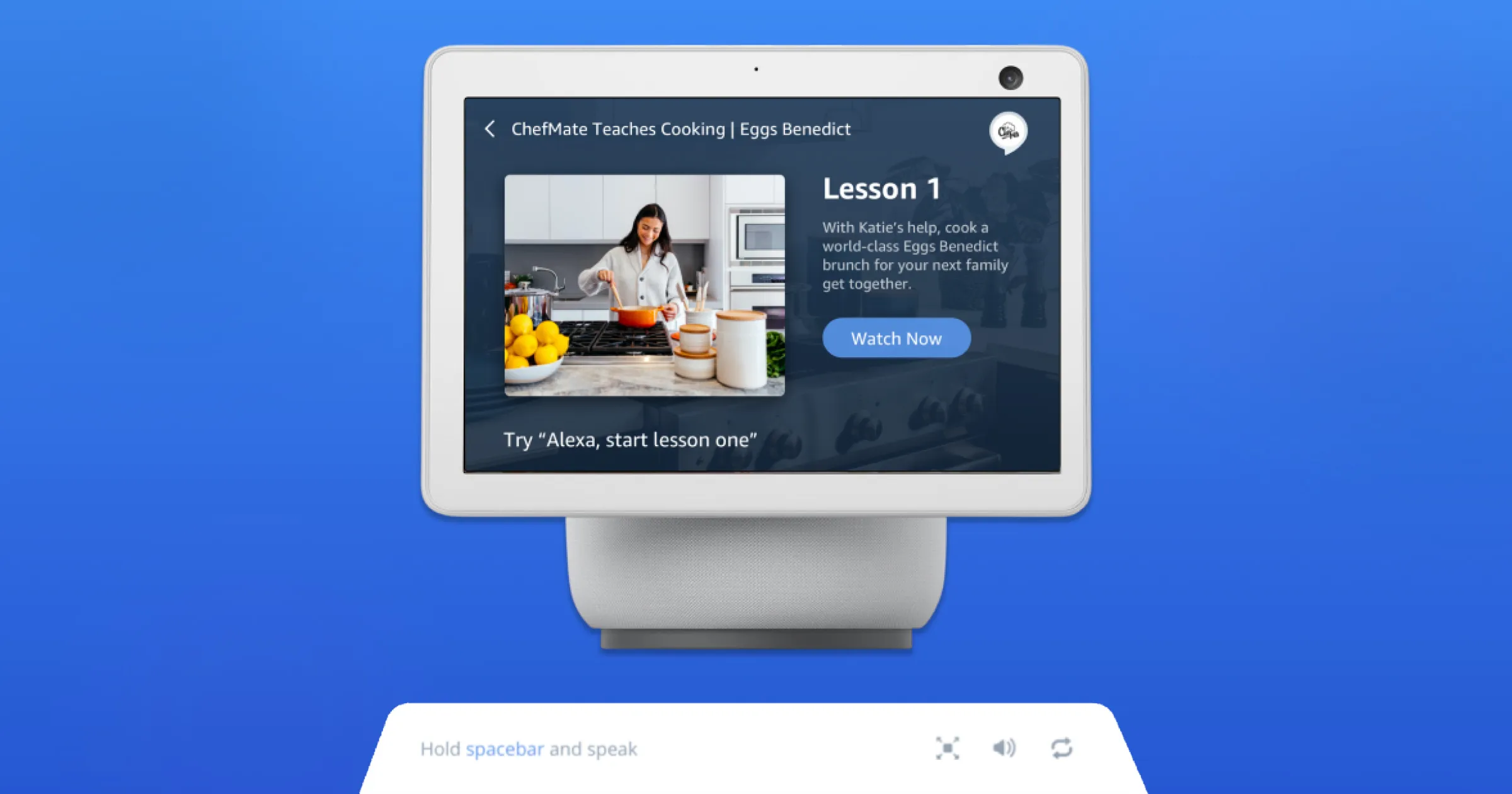2. Break bots. Then break them again.
Typically, the goal is to put out MVP-ready work. But that status quo approach is safe and rarely enjoyable for the customer.
A product manager needs to first push their team to roll out features that can and will break the existing bot. In this way, teams will learn from what breaks and what works. That is the only way to keep the team creative and the customers delighted. As a result, these welcomed failures will lead to a far better end experience.
3. Communicate wins to the larger team
Good product managers are grounded in the day-to-day and focused tactically on the team’s work. Great product managers also make sure to spread the word widely.
This means celebrating quick wins across teams, showing prototypes to stakeholders, and even communicating ROI to leadership.
4. Paint the journey with horizons
Create a timeline for the entire conversational AI journey. Here, product managers map out capabilities or experiences within the assistant.
Use Brian's horizons framework (below) to create a single snapshot of the customer journey.
Plot out the three horizons on a timeline (informational, transactional, and conversational) and decide with your team what core functions the experience should be able to do at each using customer insights. Then, assign timelines to each horizon.
For example:
- Informational: answer bank account FAQs (we are here now) (Q3 2022)
- Transactional: help a user transfer funds (Q1 2023)
- Conversational: proactively prompt a user to transfer funds based on spending trends (Q4 2023)
Finally, write down and revisit the scope of the digital assistant. This helps everyone design with the user goal in mind and makes any net new requests from other teams an easy decision. Brian says this is very helpful for his teams at Intuit as it sets everyone—leadership, design, developers, data science—on the same page.

Product managers need to think of conversational AI experiences as products and not just features. Thinking ahead and pushing the boundaries of experiences are at the core of the product management role, and these tips can be used as a guide to efficiently carry out that role.
Editor's note: This was originally published in October 2022 and updated in June 2023.
2. Break bots. Then break them again.
Typically, the goal is to put out MVP-ready work. But that status quo approach is safe and rarely enjoyable for the customer.
A product manager needs to first push their team to roll out features that can and will break the existing bot. In this way, teams will learn from what breaks and what works. That is the only way to keep the team creative and the customers delighted. As a result, these welcomed failures will lead to a far better end experience.
3. Communicate wins to the larger team
Good product managers are grounded in the day-to-day and focused tactically on the team’s work. Great product managers also make sure to spread the word widely.
This means celebrating quick wins across teams, showing prototypes to stakeholders, and even communicating ROI to leadership.
4. Paint the journey with horizons
Create a timeline for the entire conversational AI journey. Here, product managers map out capabilities or experiences within the assistant.
Use Brian's horizons framework (below) to create a single snapshot of the customer journey.
Plot out the three horizons on a timeline (informational, transactional, and conversational) and decide with your team what core functions the experience should be able to do at each using customer insights. Then, assign timelines to each horizon.
For example:
- Informational: answer bank account FAQs (we are here now) (Q3 2022)
- Transactional: help a user transfer funds (Q1 2023)
- Conversational: proactively prompt a user to transfer funds based on spending trends (Q4 2023)
Finally, write down and revisit the scope of the digital assistant. This helps everyone design with the user goal in mind and makes any net new requests from other teams an easy decision. Brian says this is very helpful for his teams at Intuit as it sets everyone—leadership, design, developers, data science—on the same page.

Product managers need to think of conversational AI experiences as products and not just features. Thinking ahead and pushing the boundaries of experiences are at the core of the product management role, and these tips can be used as a guide to efficiently carry out that role.
Editor's note: This was originally published in October 2022 and updated in June 2023.







.svg)